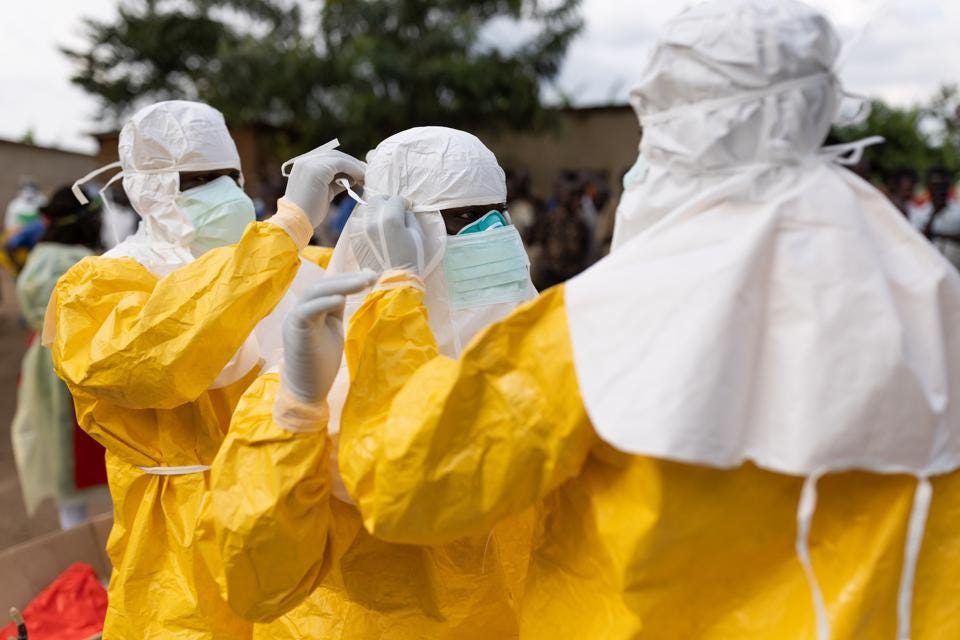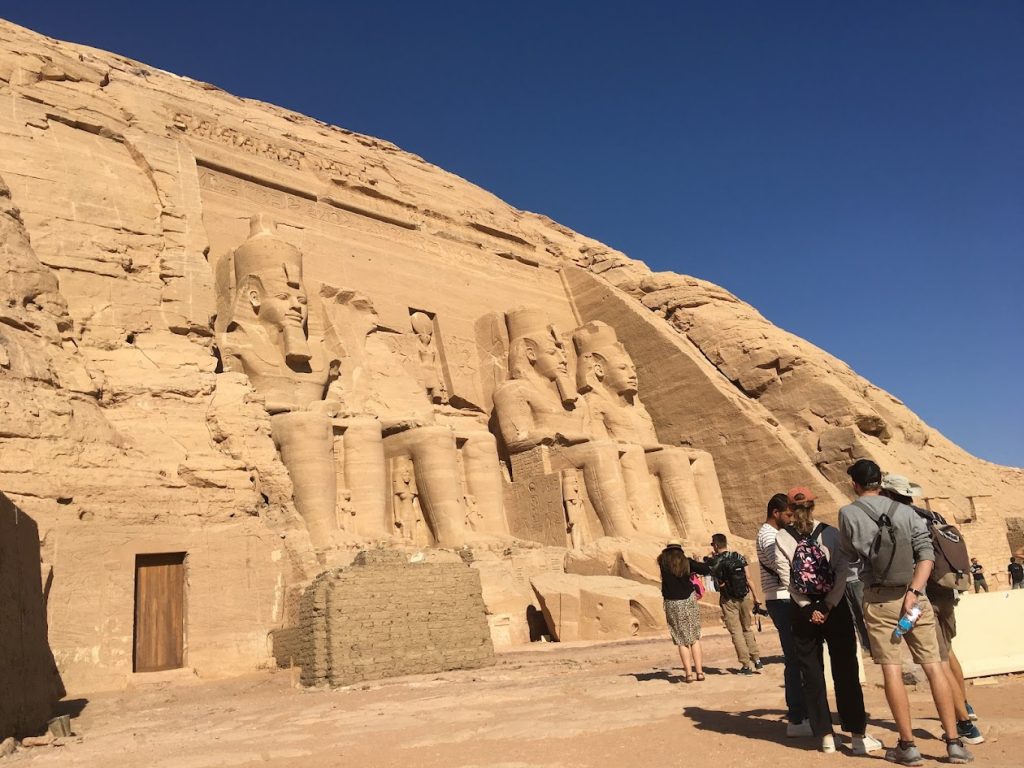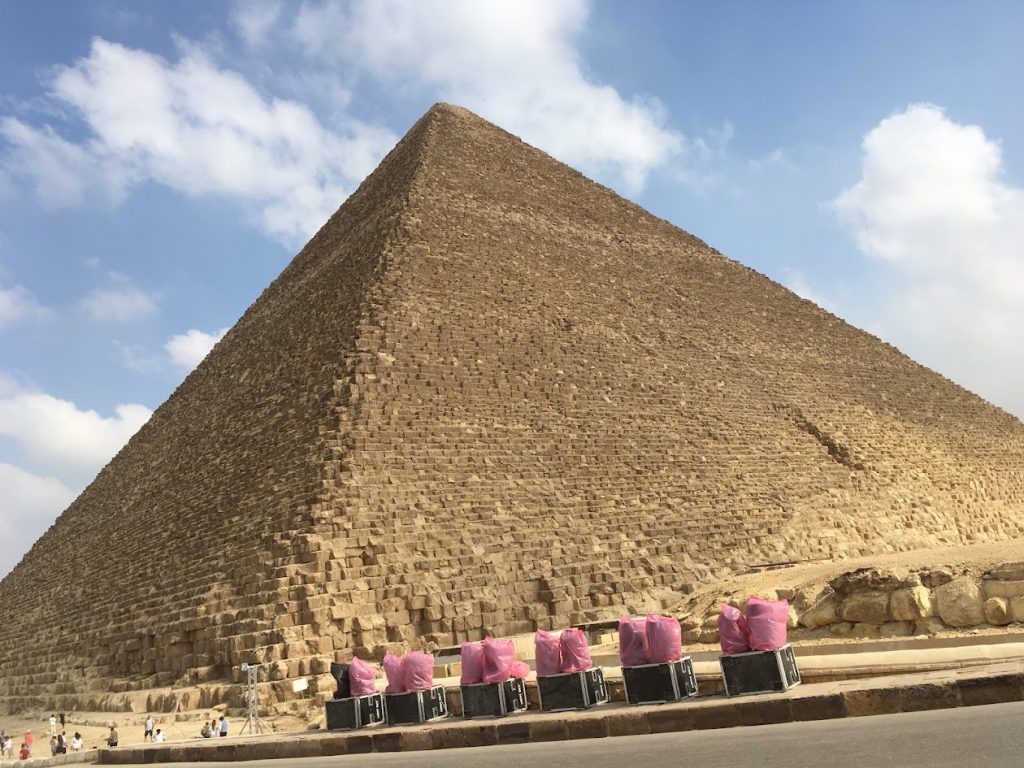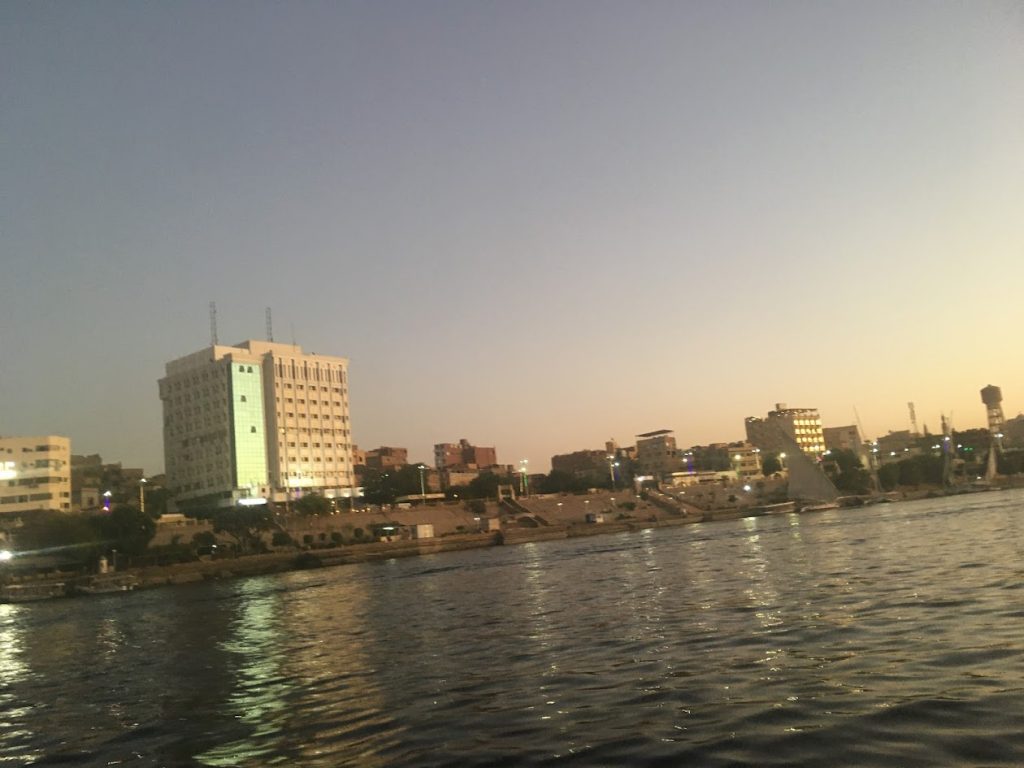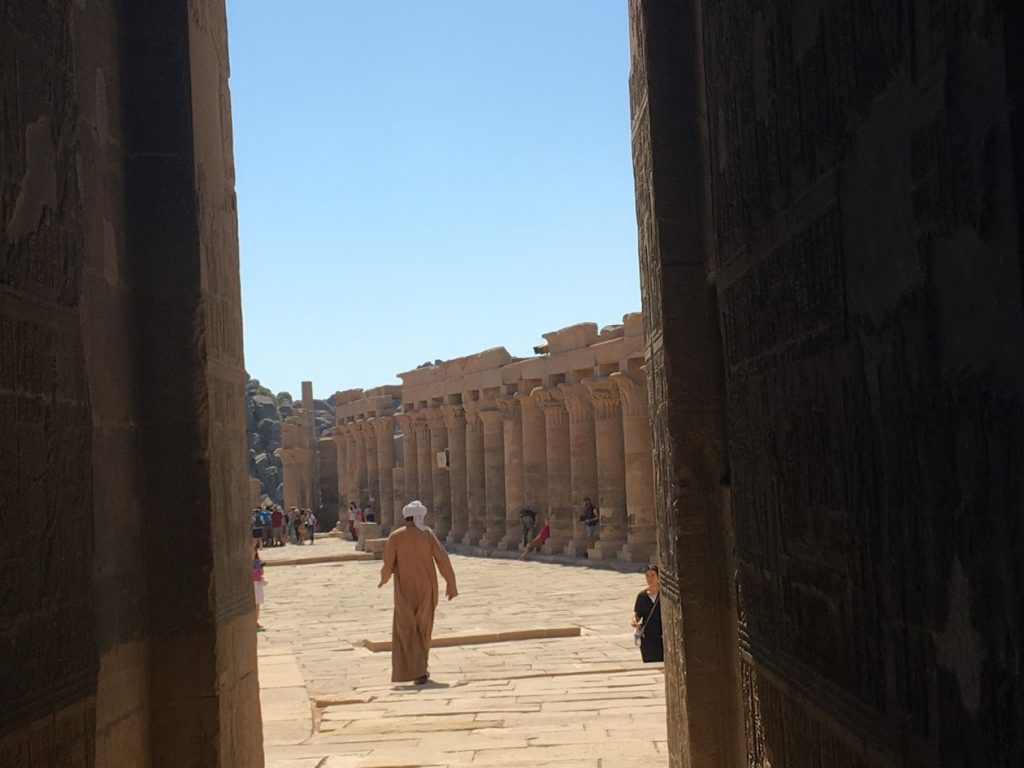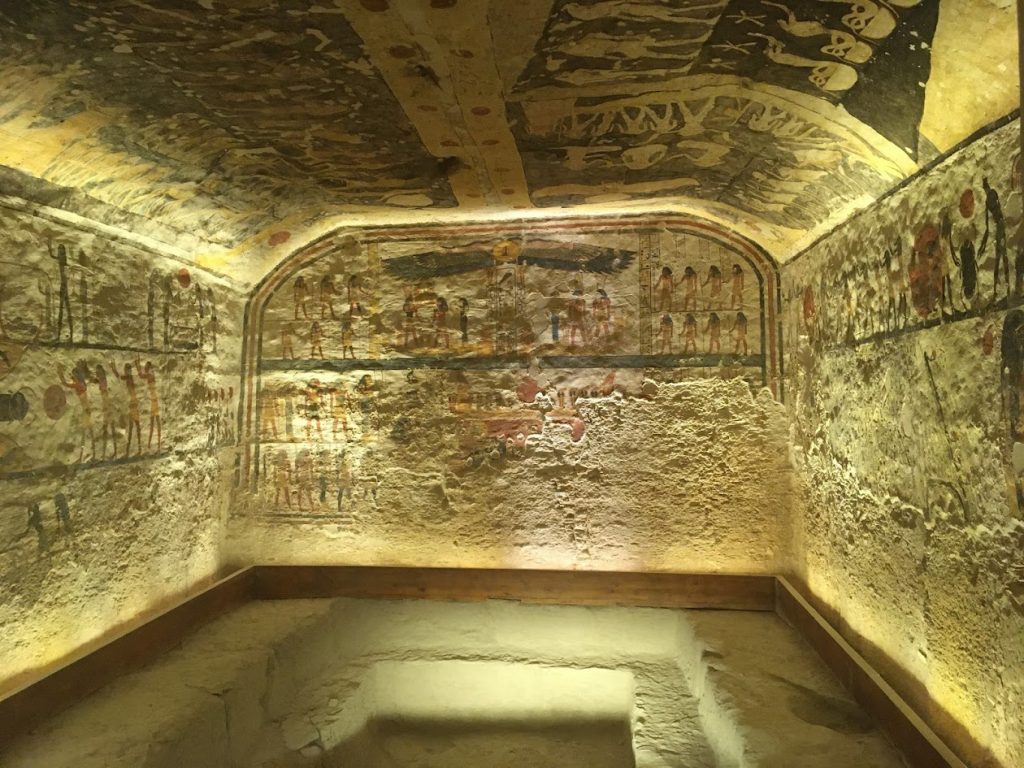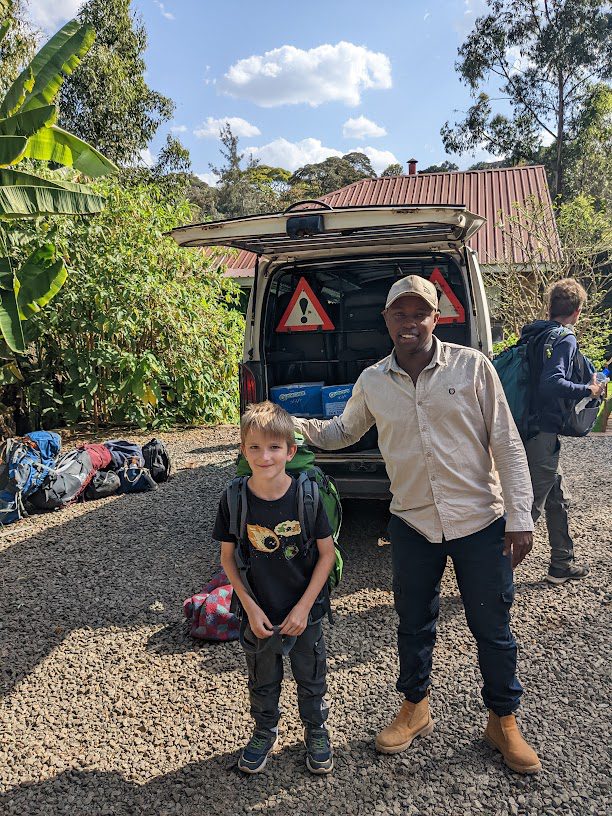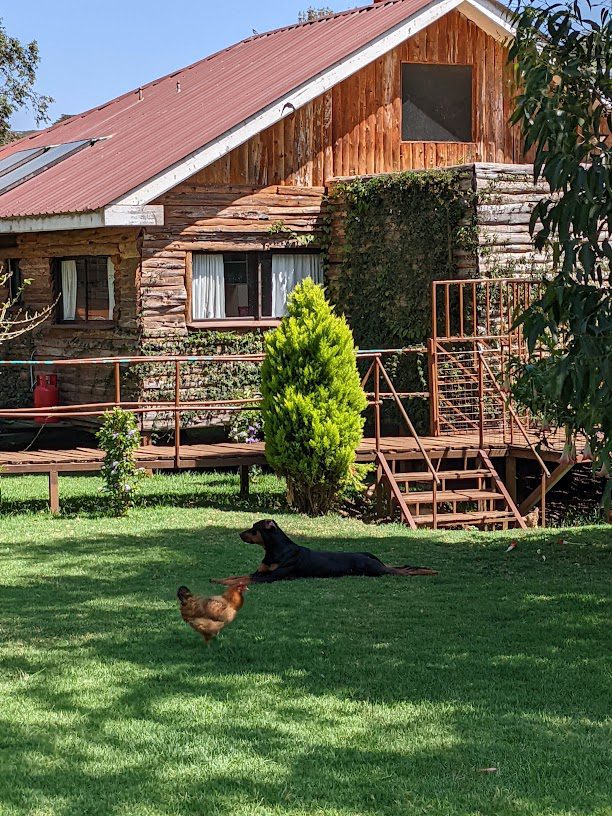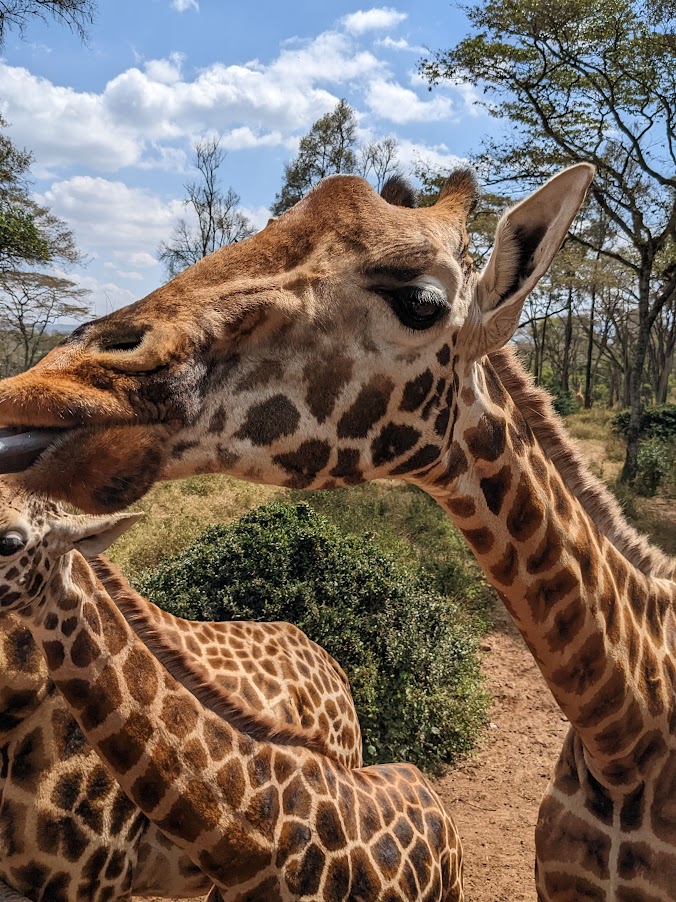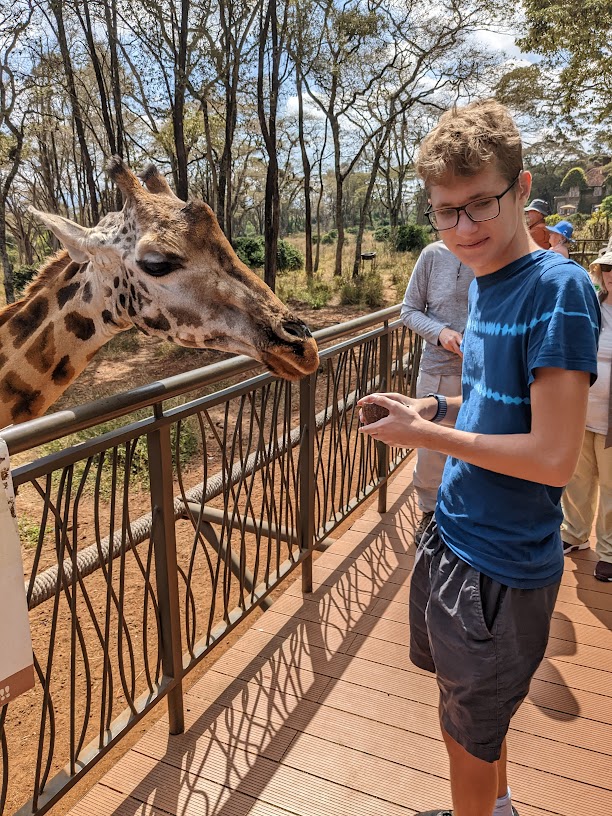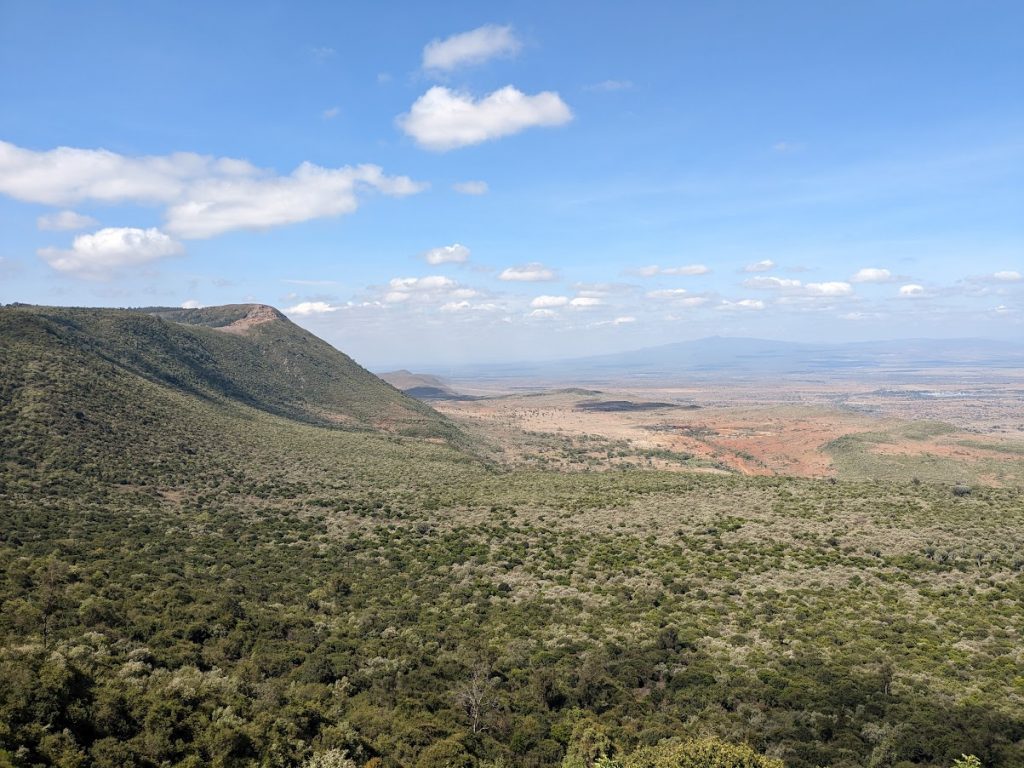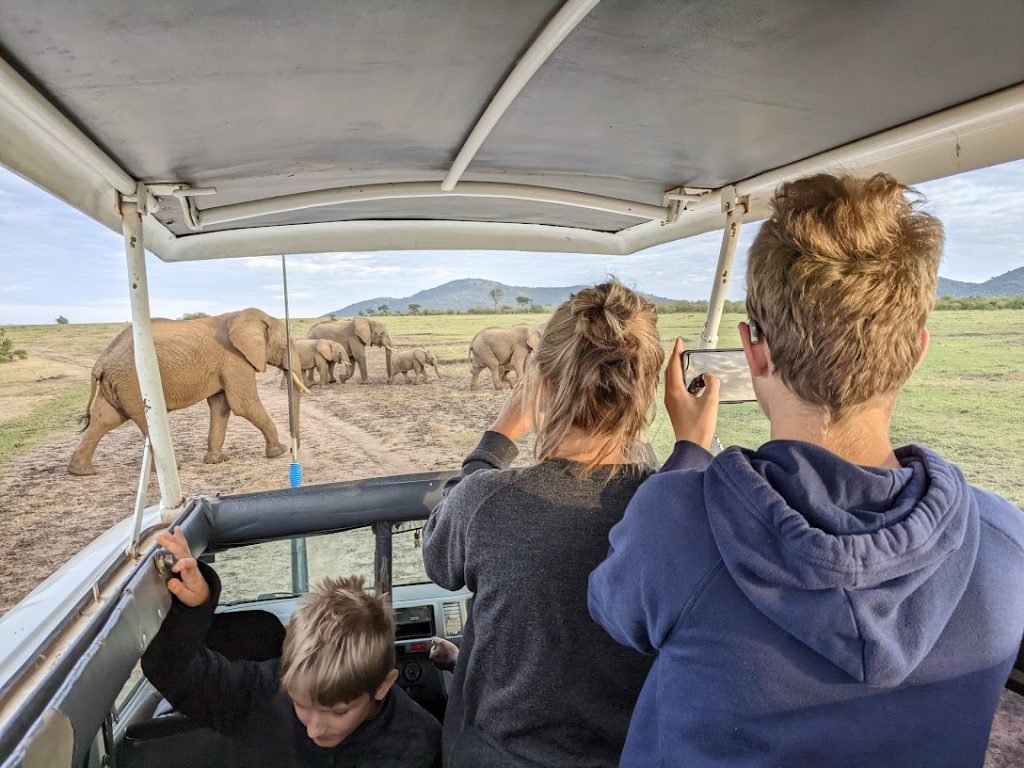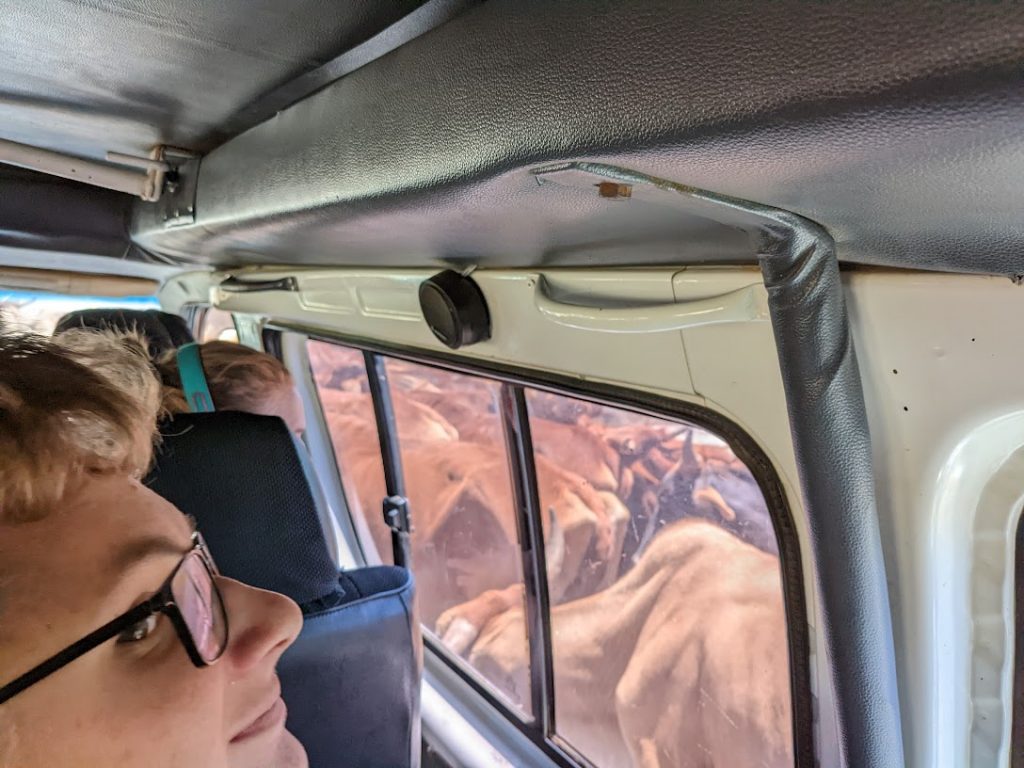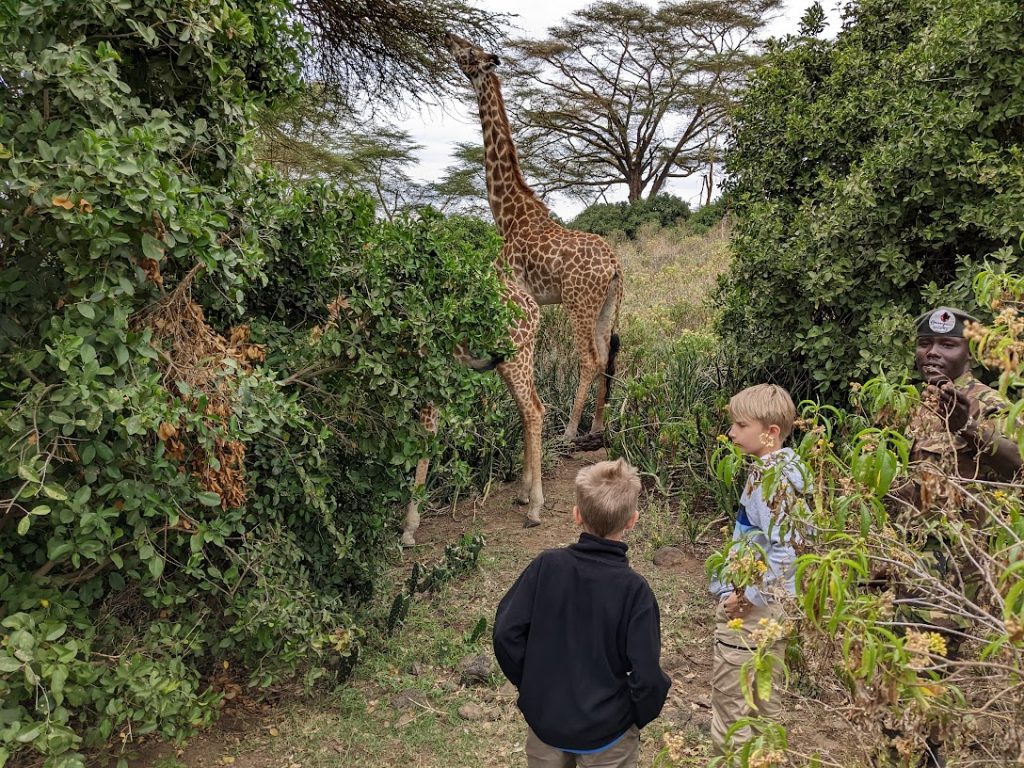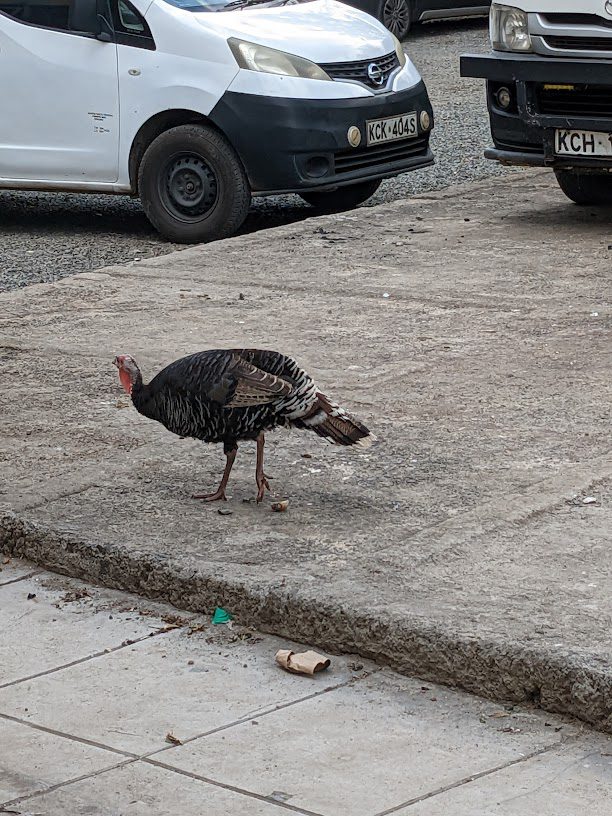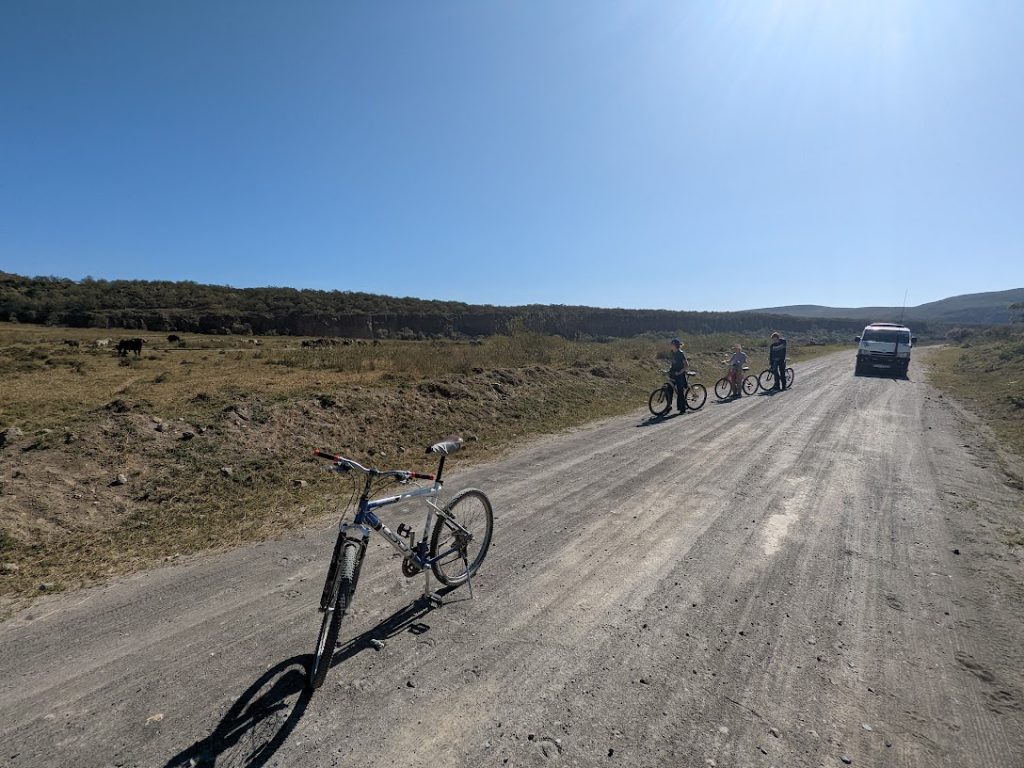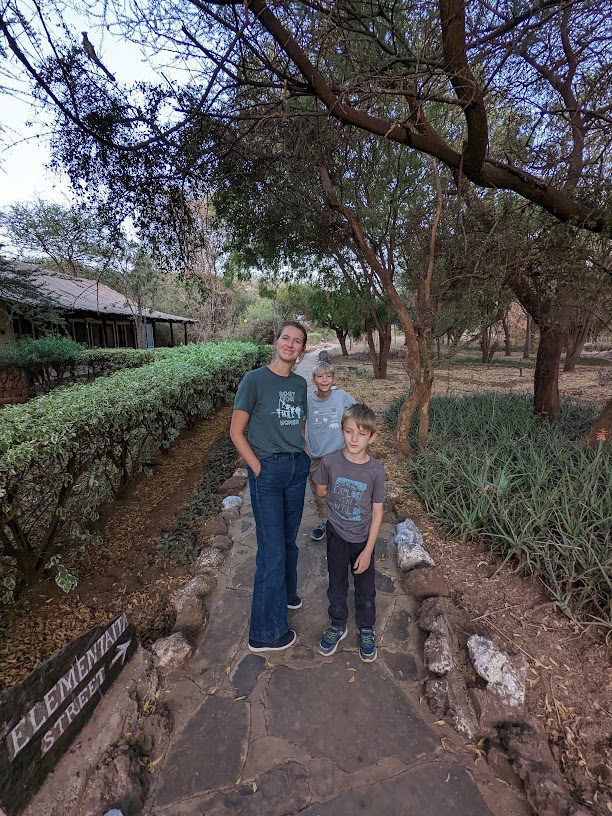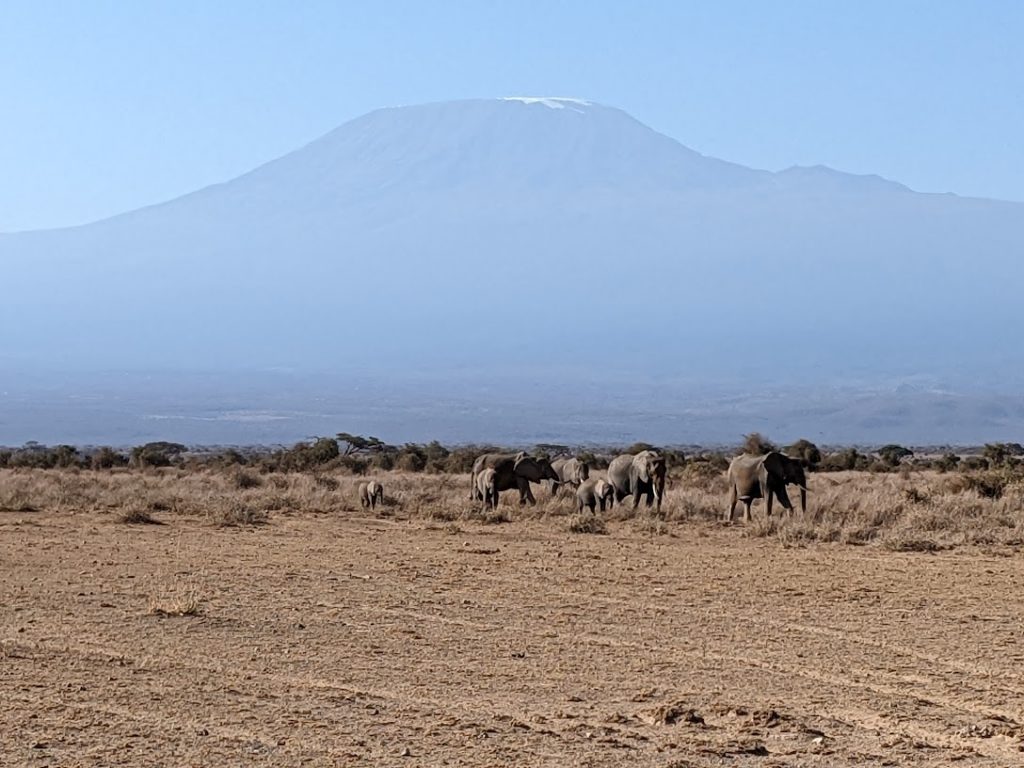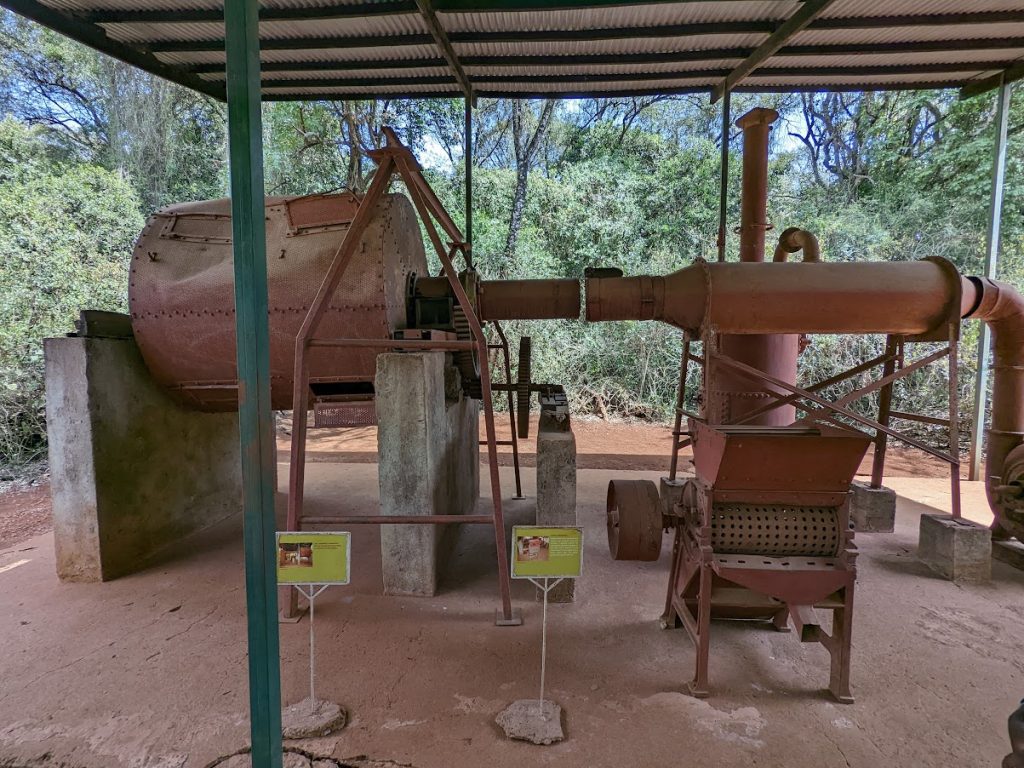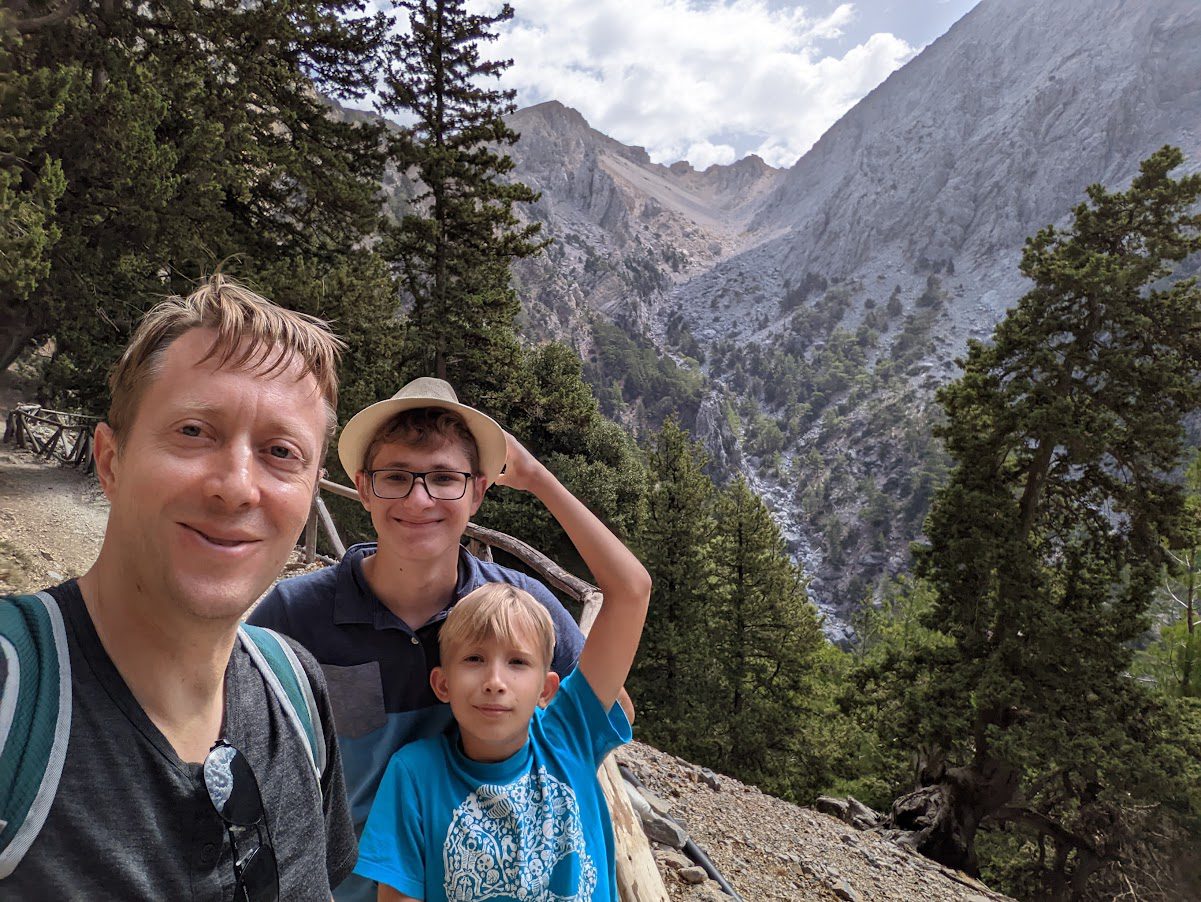10/14/22-10/30/22
“Cough, cough, oh no, I have Ebola diarrhea!”
That was my unfortunate joke to the kids as we discussed what we might say to discourage other travelers from entering our closed cabin on the train from Poland to the Czech Republic. I probably shouldn’t ever joke about a deadly disease that kills roughly half of those infected–I was going for absurd, but sometimes my humor is a little off in that way. I few weeks later, I found myself clarifying to the kids that they should never, ever, joke about Ebola.
Risks and the US State Department
A few months ago (when I started this post!), if you went to travel.state.gov, you’d see this at the very top of the page:

Russia is maybe the most extreme example of what the US State Department classifies as “Level 4: Do Not Travel”. Others with that distinction include rather obviously North Korea, Syria, Libya, Iraq, Iran, Afghanistan, Yemen, Myanmar, Ukraine, and Belarus. (The remaining countries might be more or less obvious depending on how closely you follow the news: Sudan, South Sudan, Somalia, Haiti, Venezuela, Mali, Central African Republic, Somalia, and Burkina Faso.)
Generally, Karen and I are in complete agreement with the State Department about these Level 4 countries. For our aborted 2020 trip around the world, we were planning to visit Belarus, Ukraine, Russia, and Myanmar, but there weren’t wars to worry about in those places back then. (We were a week or two away from buying our very expensive Russian visas when COVID hit, so lucky timing on that!)
The next tier of warning, “Level 3: Reconsider Travel”, is a little murkier. It currently contains 31 countries. We’ve visited two (Egypt & Uganda), are planning to go to two others (Colombia & Peru), and went to another that was Level 3 at the time (Tunisia). We also considered and decided against going to three others–Ethiopia, Indonesia, & Madagascar. (The latter, like Tunisia, is back down to “Level 2: Exercise Increased Caution”.)
Assessing Risks
In most cases, these risks are more nuanced–for all the countries we’ve gone to or are planning to go to, they are some combination of high risks of crime or terrorism, but almost always specific to geographic regions of the country we could avoid: in Tunisia within 20 kilometers of the border with Algeria (we were about 30 away), in Peru and Columbia more remote parts that struggle with drug trafficking and terrorism.
In Uganda, there were warnings for regions we were planning to visit, but our mode of travel–driving our own car between resort hotels during the day–mitigated those risks substantially. Having always wanted to visit the “Pearl of Africa”, we felt confident enough to transfer several thousand dollars for our 4×4 rental and hotel stays to Road Trip Uganda for a non-refundable deposit.
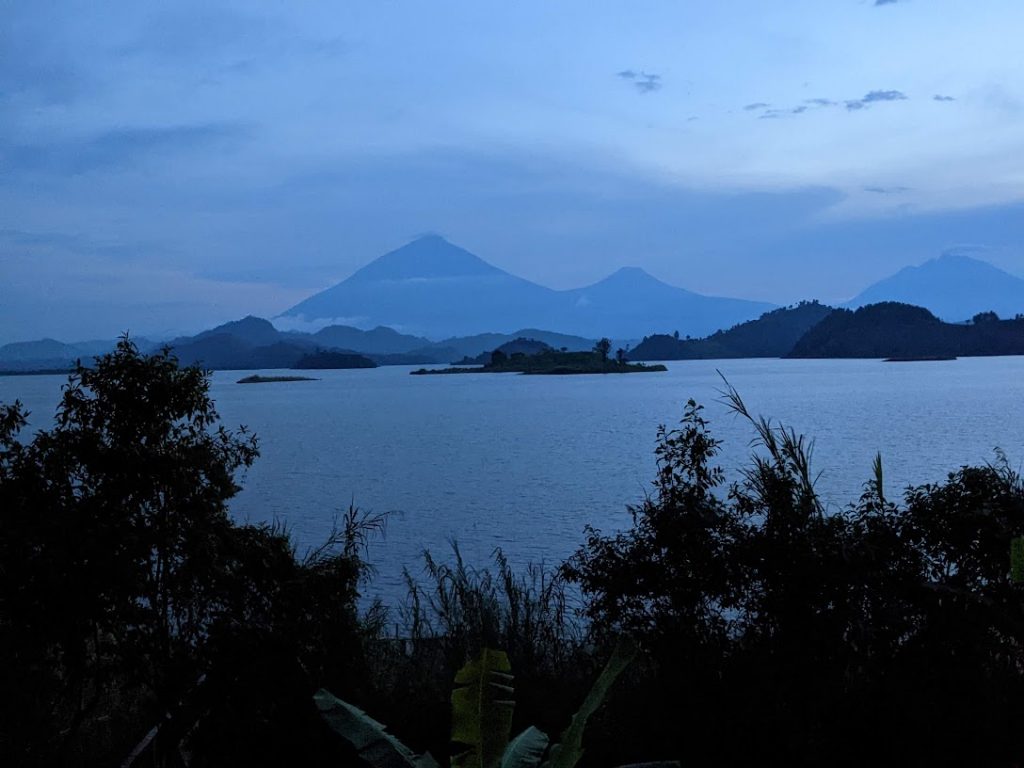
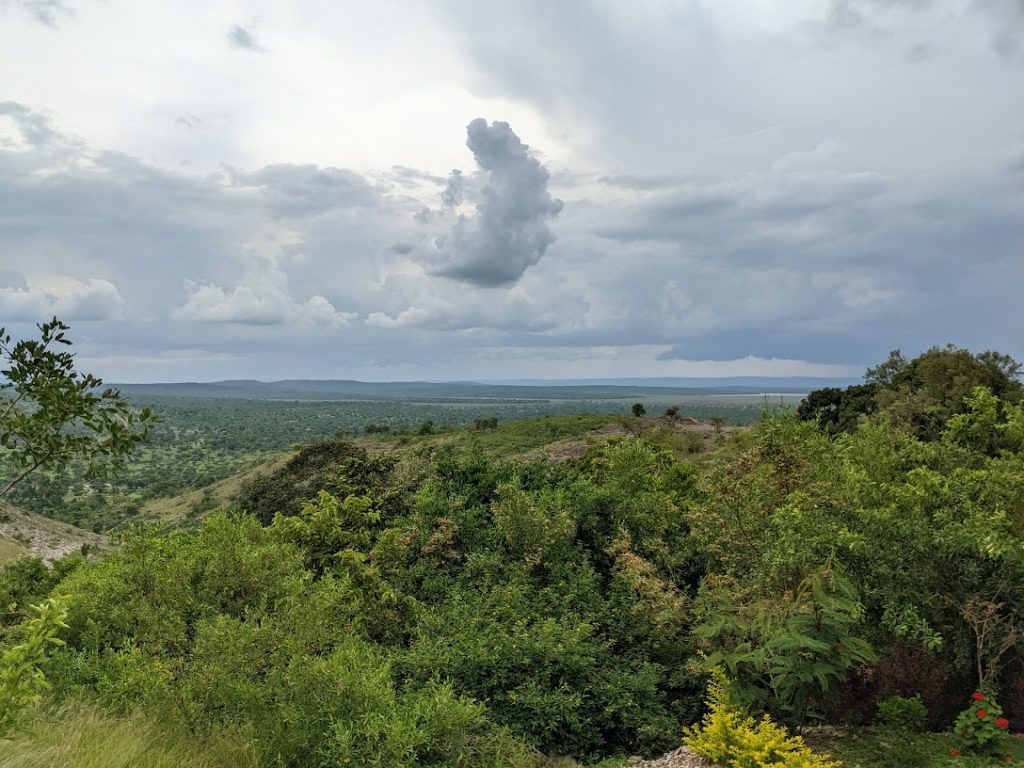
Ebola in Uganda
As bad luck would have it, about two weeks after I made that big deposit and only a few weeks before we planned to arrive, I got this news alert:
Uganda declares Ebola Virus Disease outbreak
If you’re like me, 2+ years of a COVID pandemic leaves you a little more nervous about other potential pandemics. Many other tourists cancelled their travel plans immediately, but (a) doing so would have cost us roughly our travel budget for an entire month, (b) Ebola doesn’t spread particularly easily, (c) the alert for Ebola specifically was only Level 2. We decided to risk it, and I made an even bigger final payment for what we’d planned to be the most expensive month of our trip. I did, however start checking Uganda Ebola news on twitter so frequently that my Google recommended articles became entirely about Uganda and the Ugandan government.
We felt pretty good about that approach until this story popped up a couple of days after we arrived:
Ebola in Uganda: Three-week lockdown announced for two districts
It was two districts we weren’t planning to travel to, except for driving straight through, and again the risk of contracting Ebola for tourists was very low. We mostly started worrying about airport lockdowns that could get us stuck without the ability to move on to another country. After seeing this news, we briefly considered how we might abandon the rental car in Rwanda (after we’d crossed that border) and fly onwards to Egypt without coming back to Uganda. It wasn’t practical, though, so we continued onwards.

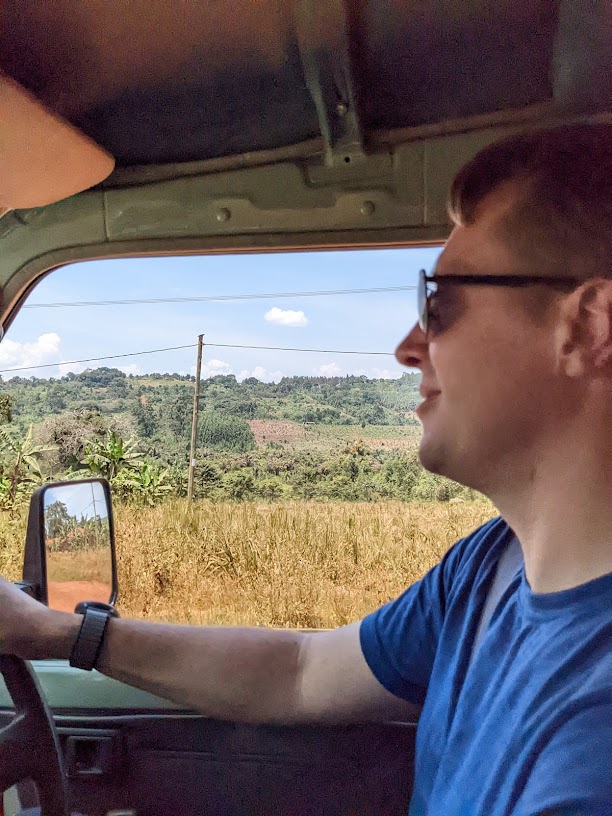
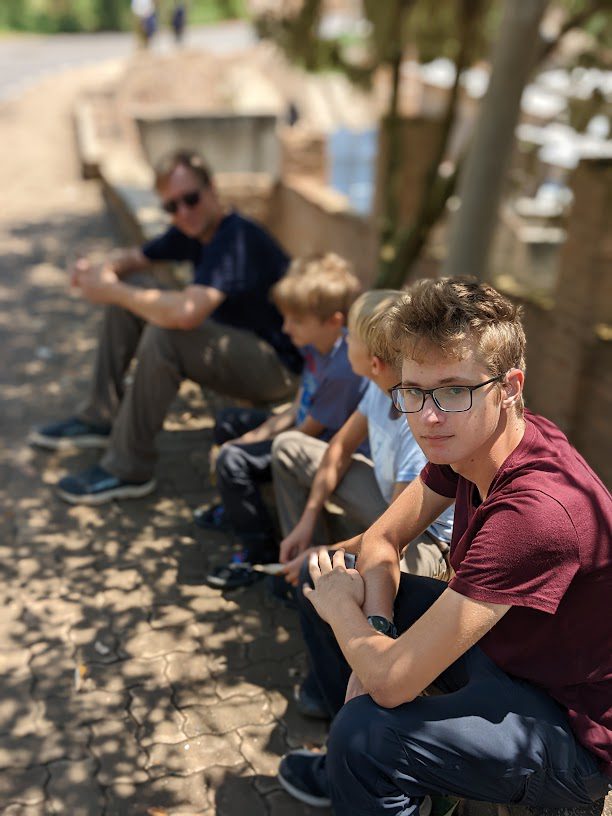
A Great Time in Uganda and Rwanda
Luckily, this story worked out just fine, both for us and the Ugandans. Here is a happy headline from early January:
I’m also happy to report that Google has finally stopped giving me recommended articles about Uganda, now favoring endless posts about cell phones, although that’s probably the subject of a whole other post.
In the end, we had an OK time in Rwanda and a wonderful time in Uganda–certainly one of the top countries of our trip and a place I’d recommend to everyone. To recap, here are our Instagram posts from those days.
Country counter after Uganda and Rwanda:
- 25th & 26th countries of our trip
- Me: 65 countries (including 37 eating McDonald’s)
- Karen: 65 countries
- Henry: 39 countries
- Charlie: 35 countries
- James: 32 countries
